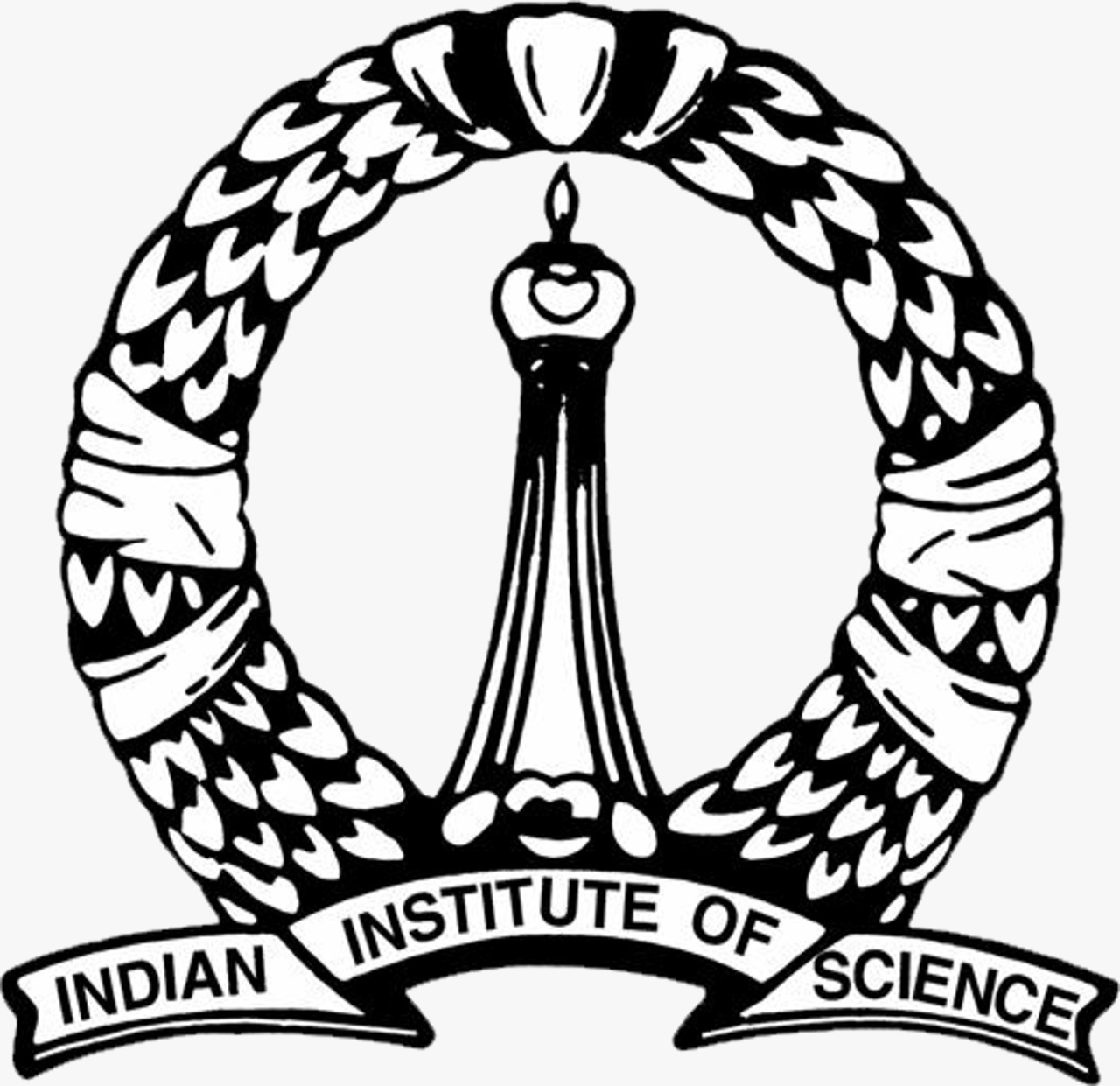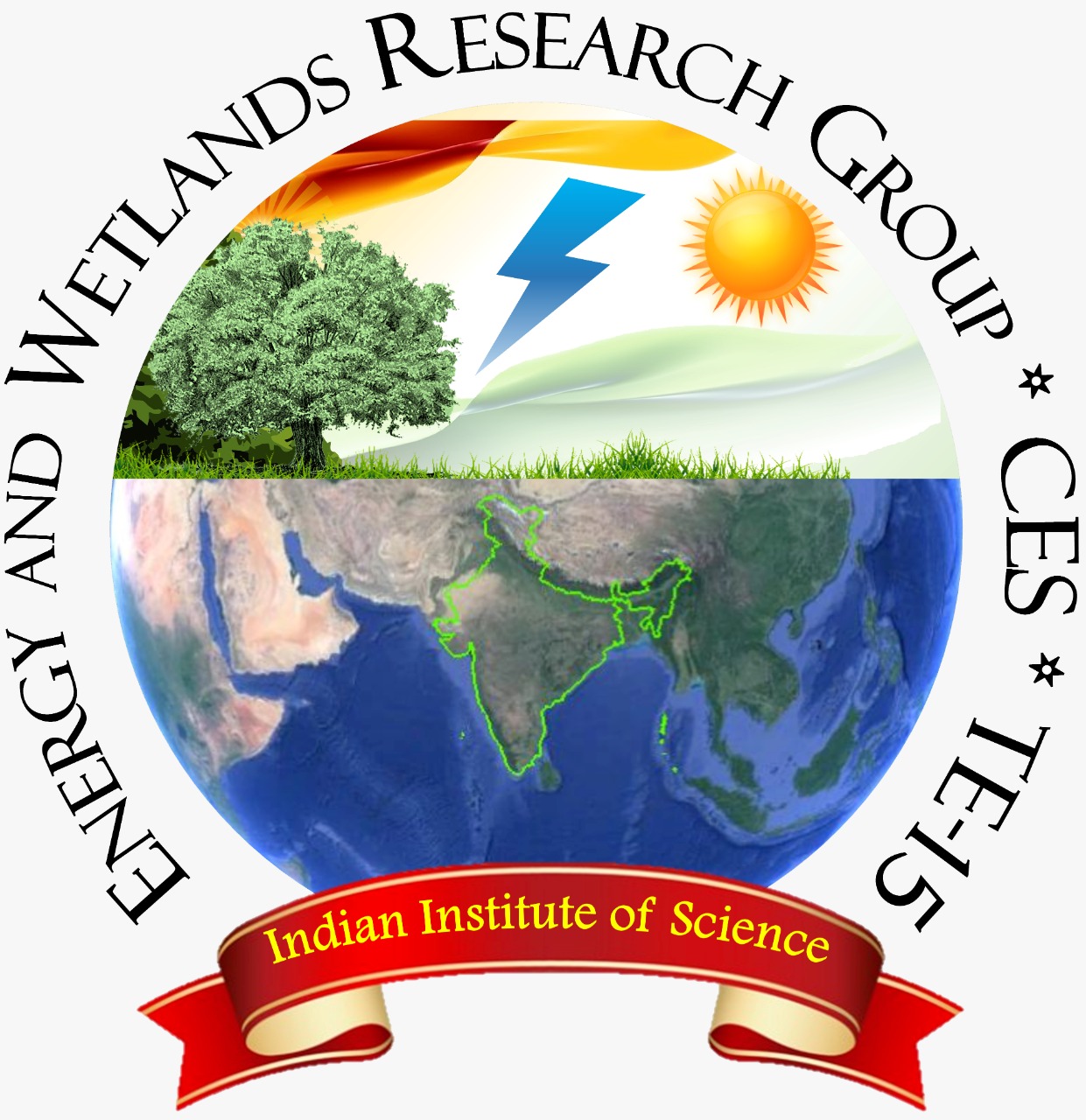 |
Diversity of Phytoplankton in Lakes
of Bangalore, Karnataka, India
|
 |
K.S. Asulabha
1,4
R. Jaishanker 4
V. Sincy 1,4
T.V. Ramachandra 1,2,3,*
1 Energy and Wetlands Research Group, Centre for Ecological Sciences [CES],
2 Centre for Sustainable Technologies (astra)
3 Centre for infrastructure, Sustainable Transportation and Urban Planning [CiSTUP]
Indian Institute of Science, Bangalore – 560012, India.
4 Indian Institute of Information Technology and Management-Kerala (IIITM-K) Thiruvananthapuram, Kerala
*Corresponding author: tvr@iisc.ac.in
|
Conclusion
The water quality parameters play a decisive role in the
structure and composition of phytoplankton in aquatic
ecosystems. The water quality and phytoplankton community
structure varied among the monitored 15 lakes of Vrishabhavathi
valley, Greater Bangalore, Karnataka. Mallathahalli lake had
higher levels of ionic pollution, while Kempambudhi lake showed
higher levels of organic and nutrient pollution. A total of 58
genera of phytoplankton belonging to 5 phyla such as
Chlorophyta, Bacillariophyta, Cyanobacteria, Charophyta, and
Euglenozoa were recorded in the monitored 15 lakes.
Cyanobacteria formed blooms in Doraikere Uttarahalli, ISRO
layout, and Yediyur lakes in Vrishabhavathi valley, threatening
aquatic life. CCA results revealed that turbidity, total
hardness, calcium, magnesium, and alkalinity influences
phytoplankton community structure and composition. Palmer index
revealed that Doraikere, Deepanjali Nagar, Srinivasapura, and
Hosakerehalli lakes had moderate pollution. In contrast, ISRO,
Uttarahalli, Sankey, Yediyur, Sompura, Ullal, Hemmigepura,
Konasandra, Dubasipalya, Mallathahalli, and Kempambudhi lakes
had high organic pollution. Hence, phytoplanktons are helpful as
bioindicators of water quality and aid asa low-cost tool for
monitoring lakes. This study will serve as a baseline for
wetland protection and biodiversity conservation and help
various stakeholders decide to control pollution from domestic
and industrial sources.
Acknowledgments
We thank the ENVIS Division, The Ministry of Environment, Forests
and Climate Change, Government of India, and Indian Institute of
Science (IISc) for supporting to ecological research.
|
|
Citation :K.S. Asulabha, R. Jaishanker, V. Sincy and T.V. Ramachandra,
2022, Diversity of Phytoplankton in Lakes of Bangalore, Karnataka, India, 10th Chapter, ,
In: Shashikanth Majige (eds), Biodiversity – A Way forward, Daya publishing House, New
Delhi, Pp 147-178
|

